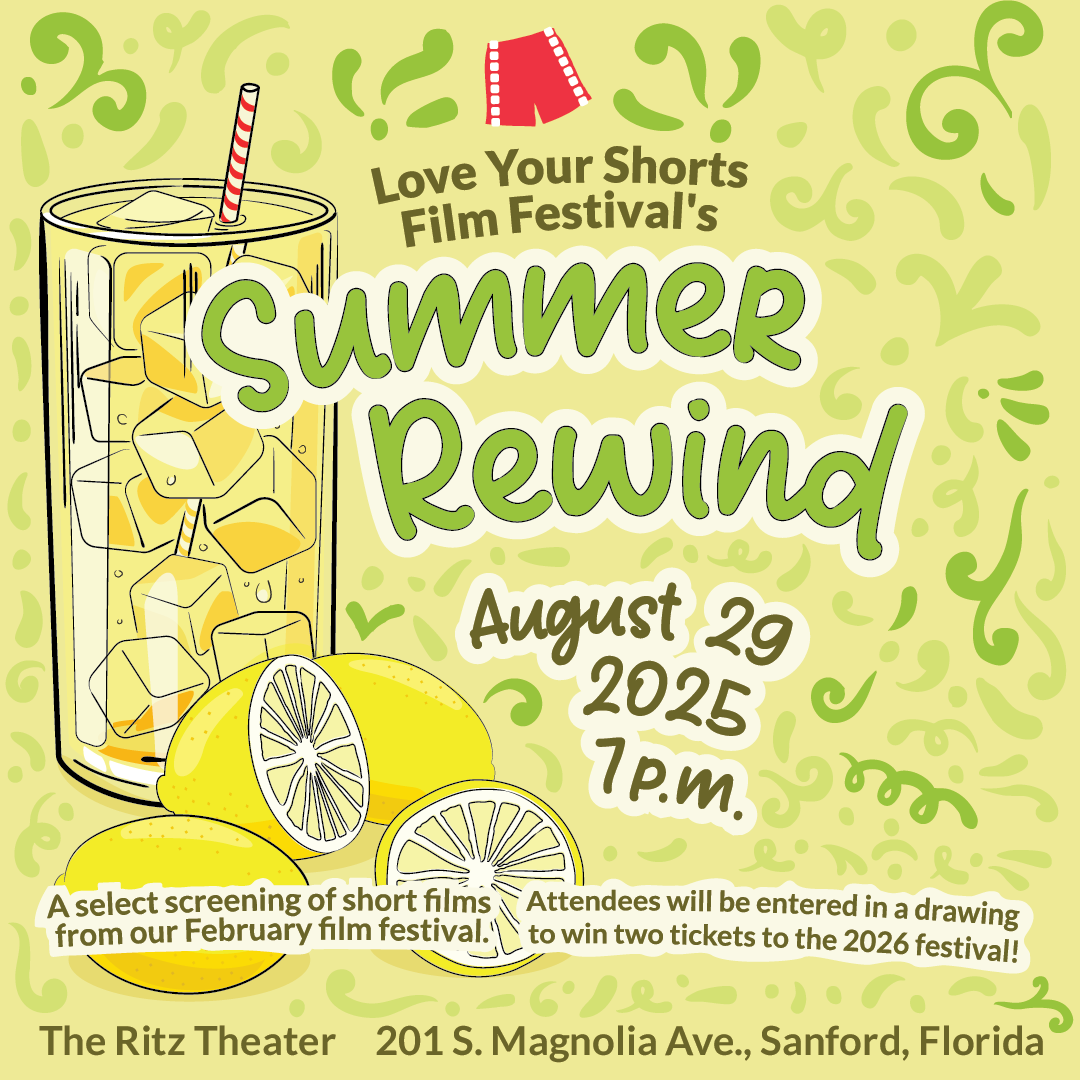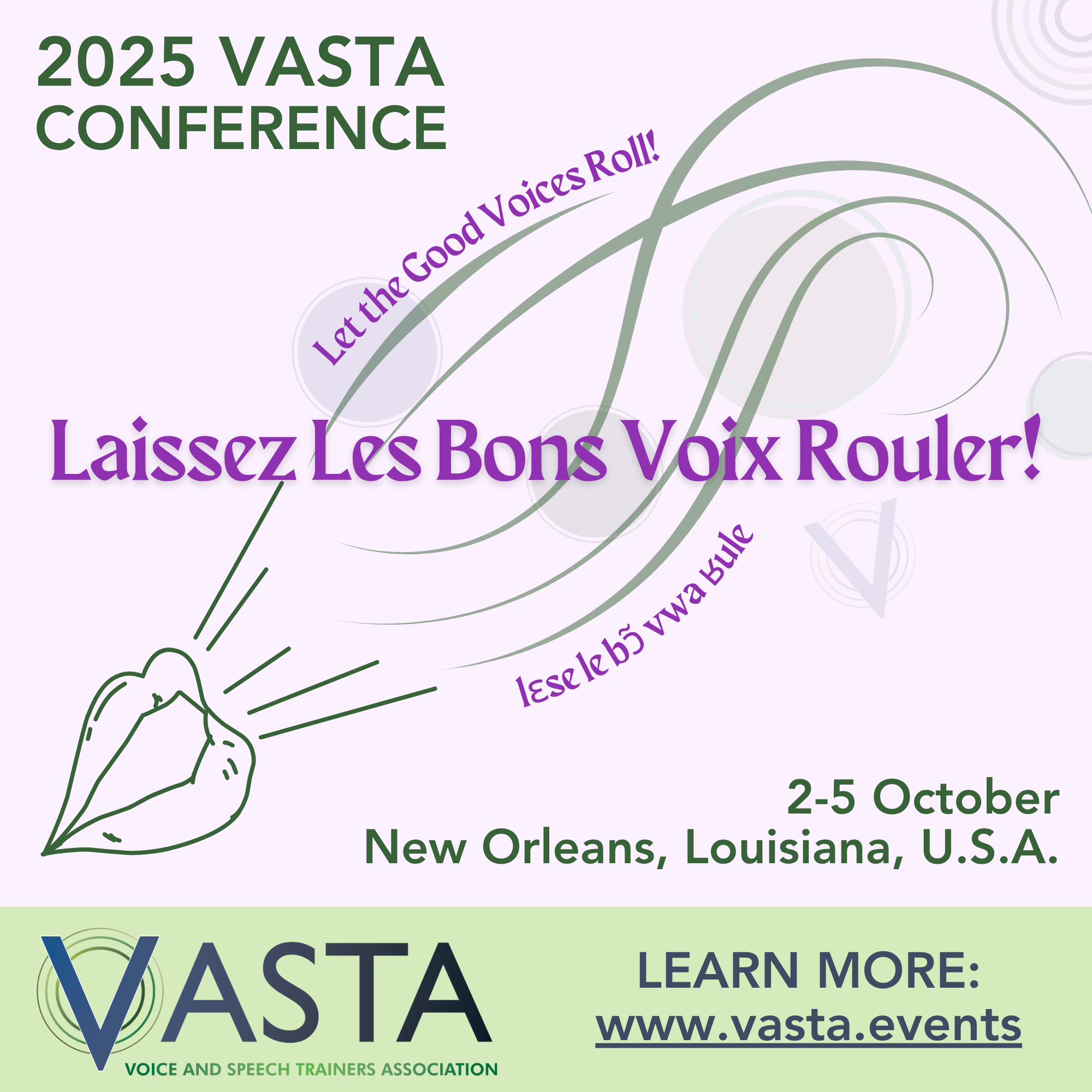Malaysia 1
Listen to Malaysia 1, a 26-year-old man from Malacca and Kuala Lumpur, Malaysia. Click or tap the triangle-shaped play button to hear the subject.
Both as a courtesy and to comply with copyright law, please remember to credit IDEA for direct or indirect use of samples. IDEA is a free resource; please consider supporting us.
BIOGRAPHICAL INFORMATION
AGE: 26
DATE OF BIRTH (DD/MM/YYYY): 22/02/1984
PLACE OF BIRTH: Malacca, Malaysia
GENDER: male
ETHNICITY: Chinese
OCCUPATION: graduate student
EDUCATION: Subject has a master’s degree and was pursuing a Ph.D. in physics.
AREA(S) OF RESIDENCE OUTSIDE REPRESENTATIVE REGION FOR LONGER THAN SIX MONTHS:
Subject spent 18 years in the small village of Malacca before attending university in the city of Kuala Lumpur. He then moved to the United States to attend graduate school.
OTHER INFLUENCES ON SPEECH: N/A
The text used in our recordings of scripted speech can be found by clicking here.
RECORDED BY: Patricia Helsel
DATE OF RECORDING (DD/MM/YYYY): 24/06/2010
PHONETIC TRANSCRIPTION OF SCRIPTED SPEECH: N/A
TRANSCRIBED BY: N/A
DATE OF TRANSCRIPTION (DD/MM/YYYY): N/A
ORTHOGRAPHIC TRANSCRIPTION OF UNSCRIPTED SPEECH:
Uh, I [was] born in Malaysia, eh, in a small town in Malacca, and I was raised in, uh, in a very small village just about maybe three, three-thousand in population. And we are pretty close to the seaside. And, well, uh, that’s how I spent about twenty years of my – uh no, eighteen years of my life. After that I gained admission to a – the local university, in Kuala Lumpur. Uh, the capital of (the) Malaysia. And that is a big transition for me. I have to settle down in a big city. Well, it took some time, but I guess, now I can – I, I [am] used to that. Yeah. And in (the) Kuala Lumpur I, I, I stay[ed] in the dorm for two years and [it] is fine for me. Although the food is not that, uh, fascinating, but, okay, I’m – I, I, I can live with that. And two years after that, after – in my third year and fourth year, I moved to, uh, a place that, uh, [is] just in between the, the city and the open area of the capital so, uh, there is a good place. Which mean[s] I can hang out with my friend and that we can easily to go to some open, uh, open area and enjoy some natural environment.
TRANSCRIBED BY: Patricia Helsel
DATE OF TRANSCRIPTION (DD/MM/YYYY): 24/06/2010
PHONETIC TRANSCRIPTION OF UNSCRIPTED SPEECH: N/A
TRANSCRIBED BY: N/A
DATE OF TRANSCRIPTION (DD/MM/YYYY): N/A
SCHOLARLY COMMENTARY:
Many students in the United States who learn English as a second language are taught British pronunciation. Additionally, English is often taught by a non-native speaker. The result is a dialect with multiple textures, including both British and North American English pronunciation. Note the treatment of [l], [r], and [ɝ]. In the first word, “Well,” [w] is substituted for the final [l], a common pronunciation of the lateral [l] in Eastern dialects. [ɾ] (as in “story”) is tapped (a British treatment), between vowels. There are alternate pronunciations of words, at once British (for example [ˈhɪɜs] and [ˈwɜ kɪŋ]) and later American ([tɛɝ rɪ ˈtɔ ri]). The same inconsistencies exist in pronunciation of final “y.” Notice North American pronunciation in the word, “story” [ˈstɔ ri] while the final vowel of “itchy” [ˈɪ tʃɪ] sounds more British. This particular subject substitutes [f] for [θ] (“North” and “with”) when it appears as a final sound. [t] is substituted for its voiced cognate [d] in “bird.” Typically, in English, one expects to hear the subject or verb stressed within a phrase. This particular sample shows frequent unexpected choices of operative words within phrases, such as “When she got there.”
COMMENTARY BY: Patricia Helsel
DATE OF COMMENTARY (DD/MM/YYYY): 24/06/2010
The archive provides:
- Recordings of accent/dialect speakers from the region you select.
- Text of the speakers’ biographical details.
- Scholarly commentary and analysis in some cases.
- In most cases, an orthographic transcription of the speakers’ unscripted speech. In a small number of cases, you will also find a narrow phonetic transcription of the sample (see Phonetic Transcriptions for a complete list). The recordings average four minutes in length and feature both the reading of one of two standard passages, and some unscripted speech. The two passages are Comma Gets a Cure (currently our standard passage) and The Rainbow Passage (used in our earliest recordings).
For instructional materials or coaching in the accents and dialects represented here, please go to Other Dialect Services.
 IDEA: International Dialects of English Archive
IDEA: International Dialects of English Archive



